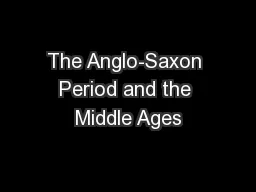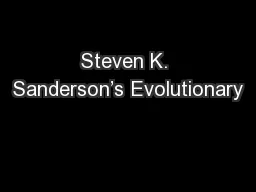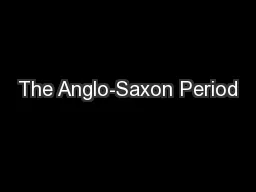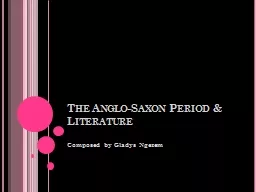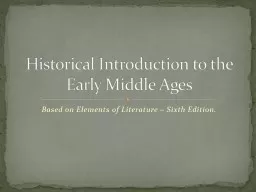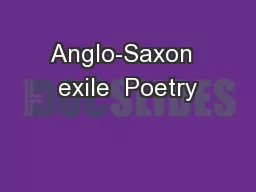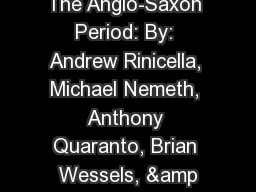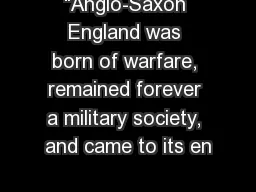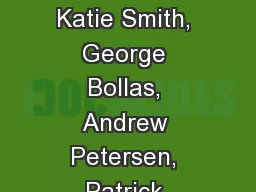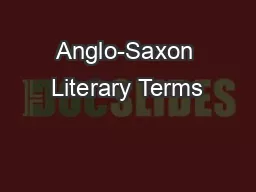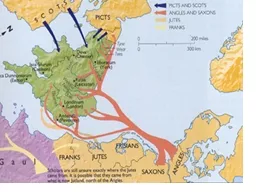PPT-Anglo-Saxon Literature Lyric Poetry Jennifer Bennett, Sanderson High School, Raleigh,
Author : myesha-ticknor | Published Date : 2019-11-06
AngloSaxon Literature Lyric Poetry Jennifer Bennett Sanderson High School Raleigh NC Narrative poem Tells a complete story Example Heroic epic Beowulf Lyric poem
Presentation Embed Code
Download Presentation
Download Presentation The PPT/PDF document "Anglo-Saxon Literature Lyric Poetry Jenn..." is the property of its rightful owner. Permission is granted to download and print the materials on this website for personal, non-commercial use only, and to display it on your personal computer provided you do not modify the materials and that you retain all copyright notices contained in the materials. By downloading content from our website, you accept the terms of this agreement.
Anglo-Saxon Literature Lyric Poetry Jennifer Bennett, Sanderson High School, Raleigh,: Transcript
Download Rules Of Document
"Anglo-Saxon Literature Lyric Poetry Jennifer Bennett, Sanderson High School, Raleigh,"The content belongs to its owner. You may download and print it for personal use, without modification, and keep all copyright notices. By downloading, you agree to these terms.
Related Documents


